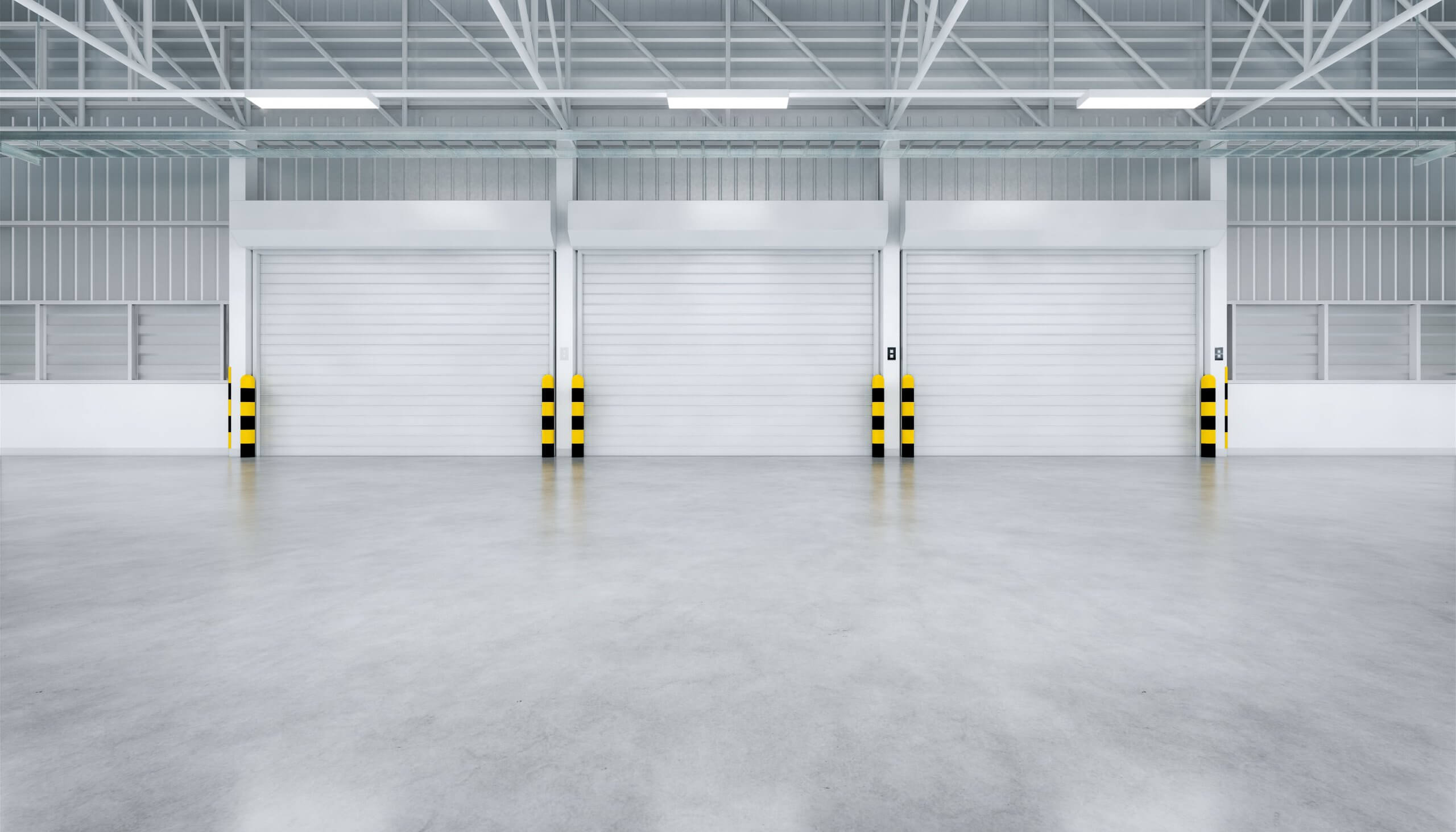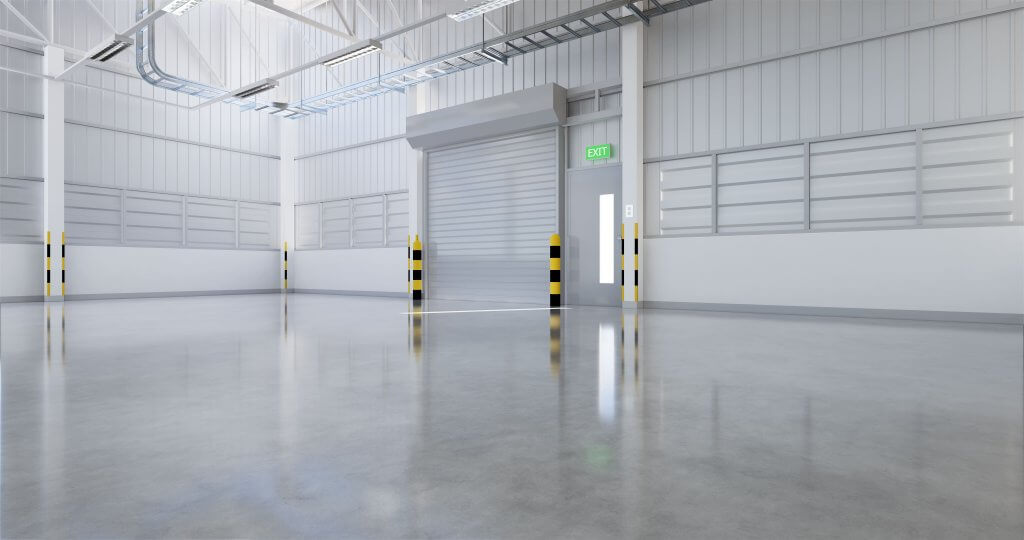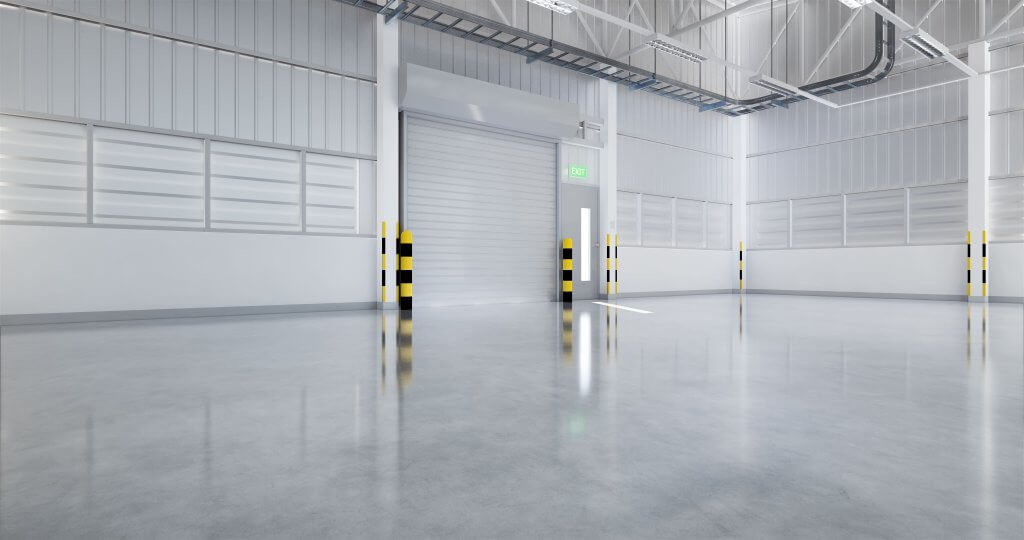Polished Concrete
Durable, Stylish, and Low Maintenance: The Power of Polished Concrete Floors
Polished concrete floors have rapidly become one of the most popular flooring choices for both residential and commercial spaces. Known for their sleek aesthetic, impressive durability, and low maintenance requirements, polished concrete offers a stylish and cost-effective solution for anyone looking to elevate the look and functionality of their property. Whether you’re renovating a home, upgrading a commercial space, or designing a brand-new building, polished concrete floors can offer a timeless look that aligns with modern interior trends. In this article, we’ll explore what makes polished concrete floors an excellent choice, how they are made, their benefits, and why they’re increasingly preferred over other flooring options.
What Are Polished Concrete Floors?
Polished concrete floors are concrete surfaces that have been mechanically ground, honed, and polished to a smooth and reflective finish. The process typically involves several steps, including the use of diamond grinding tools to remove imperfections and rough spots, followed by progressively finer grits to achieve the desired level of shine and smoothness. Sealants and hardeners are often applied during the process to protect the surface and enhance the gloss.
Polished concrete can be customized in various ways. From the level of sheen (matte, satin, high-gloss) to color dyes and aggregates (stones and other materials embedded in the concrete), there are numerous options available to suit the desired aesthetic.
How Are Polished Concrete Floors Made?
The installation of polished concrete floors requires a multi-step process, which is both precise and labor-intensive. Here’s a breakdown of how polished concrete floors are created:
- Surface Preparation: The first step involves thoroughly cleaning the surface and removing any existing coatings, adhesives, or stains. Cracks, holes, and other imperfections in the concrete may also need to be repaired before the grinding process begins.
- Grinding: Specialized diamond grinders are used to gradually wear down the surface of the concrete. The grinding begins with coarse diamonds, which help to smooth the rough surface and remove imperfections. Several passes with finer diamond grits progressively create a smoother finish.
- Hardening: A chemical densifier or hardener is applied to the concrete to make it stronger and more resilient. This liquid treatment penetrates into the pores of the concrete, increasing its density and reducing porosity. This step helps to ensure that the final product is durable and long-lasting.
- Polishing: Once the surface has been ground and hardened, the actual polishing process begins. Similar to sanding wood, the concrete is polished using increasingly finer grit pads, often finishing with a pad as fine as 3000 grit for a high-gloss finish. This creates the reflective, smooth appearance that polished concrete floors are known for.
- Sealing: Depending on the type of polished concrete floor desired, a sealant or protective coating may be applied. This provides additional protection against stains, moisture, and abrasions. Some polished concrete floors are left unsealed to maintain a more natural and raw appearance.
- Customization: During the polishing process, dyes, stains, and aggregates can be added to the concrete to create a wide variety of finishes. Whether it’s a solid color, a speckled terrazzo-style floor, or a unique pattern, polished concrete floors offer countless design possibilities.
The Benefits of Polished Concrete Floors
- Durability: One of the most significant advantages of polished concrete floors is their unparalleled durability. Concrete is already one of the strongest materials available, and when polished, it becomes even more resistant to wear and tear. Polished concrete floors can withstand heavy foot traffic, machinery, and even impacts without chipping, cracking, or wearing down. This makes them ideal for commercial spaces, warehouses, retail stores, and high-traffic residential areas.
- Low Maintenance: Polished concrete floors require very little maintenance compared to other flooring options like hardwood, carpet, or tile. Since the surface is smooth and sealed, dirt and debris cannot penetrate the material, making it easy to clean with a simple mop or broom. There is no need for waxing, sealing, or frequent refinishing, which can be a costly and time-consuming process with other types of flooring.
- Stylish and Modern Aesthetic: The sleek, glossy finish of polished concrete adds a modern, industrial edge to any space. Its clean and contemporary look makes it a favorite choice for designers and architects, especially in minimalist and open-concept designs. Polished concrete floors can also be customized with colors, patterns, and embedded materials, providing limitless design possibilities. Whether you’re aiming for a glossy showroom floor or a matte industrial look, polished concrete can achieve the desired style.
- Cost-Effective: When compared to traditional flooring options like marble, hardwood, or even luxury vinyl, polished concrete floors are more affordable both in terms of initial installation and long-term maintenance costs. While the polishing process may seem labor-intensive, it is often more economical than installing entirely new flooring materials. Additionally, its longevity means that you won’t have to worry about costly repairs or replacements down the line.
- Energy Efficiency: Polished concrete floors can also contribute to the energy efficiency of a building. Thanks to their high thermal mass, they can retain heat and help regulate indoor temperatures. This can lead to lower heating and cooling costs, particularly in homes or businesses with large, open spaces. The reflective nature of polished concrete also helps improve the distribution of light, which can reduce the need for artificial lighting and save on electricity.
- Eco-Friendly: For those looking for sustainable building materials, polished concrete floors are a great eco-friendly option. Since concrete is made from natural materials like limestone and clay, it has a lower carbon footprint compared to synthetic flooring materials. Polished concrete also doesn’t require additional materials like wood or vinyl, and its durability ensures that it will last for decades, reducing the need for replacement and reducing waste.
- Allergy-Friendly: Polished concrete floors are hypoallergenic, making them an excellent choice for households or commercial spaces where air quality is a concern. The smooth surface does not trap allergens like dust, pollen, or pet dander, and it’s easy to clean, contributing to a healthier living or working environment.
- Versatility: Polished concrete is extremely versatile and can be installed in a variety of settings, from residential homes and apartments to commercial properties, warehouses, retail stores, schools, and hospitals. Its adaptability to both modern and traditional design styles makes it a popular choice for virtually any environment.
Polished Concrete vs. Other Flooring Options
When comparing polished concrete floors to other popular flooring materials, several distinctions stand out. Let’s take a look at how polished concrete holds up against traditional choices:
- Polished Concrete vs. Hardwood: While hardwood floors are renowned for their warmth and elegance, they require regular maintenance, including refinishing, waxing, and polishing. Hardwood is also susceptible to scratches, dents, and moisture damage. In contrast, polished concrete floors are far more durable, water-resistant, and require less upkeep.
- Polished Concrete vs. Carpet: Carpet offers comfort and warmth but can harbor allergens, dirt, and bacteria, making it less ideal for those with respiratory concerns. It also wears out more quickly, requiring frequent replacement. Polished concrete, on the other hand, is long-lasting, easy to clean, and allergen-free, making it a healthier option for indoor environments.
- Polished Concrete vs. Tile: Tiles can crack or chip over time, especially if heavy objects are dropped on them. They also require grout, which can stain or become discolored without regular cleaning. Polished concrete, with its seamless surface, eliminates the issue of grout lines and provides a stronger, more resilient surface that resists cracking and chipping.
- Polished Concrete vs. Vinyl or Laminate: While vinyl and laminate flooring are cost-effective options that mimic the appearance of wood or stone, they are not as durable as polished concrete. Vinyl and laminate floors can tear, peel, or fade over time, whereas polished concrete retains its appearance for decades without deterioration. Additionally, polished concrete is more eco-friendly and better for indoor air quality.
Where to Use Polished Concrete Floors
Polished concrete floors are highly versatile and can be installed in a wide range of environments. Here are some examples of where polished concrete floors are commonly used:
- Residential Homes: Living rooms, kitchens, basements, and even bedrooms can benefit from the sleek and modern look of polished concrete. Its durability makes it ideal for high-traffic areas, and its low-maintenance nature is a boon for busy households.
- Retail Stores: The aesthetic appeal and easy maintenance of polished concrete make it a popular choice for retail environments. Its high-gloss finish enhances the visibility of products while maintaining a clean and professional look.
- Commercial Spaces: Polished concrete is frequently used in commercial office buildings, showrooms, and lobbies due to its professional appearance and durability.
- Industrial Spaces: Warehouses, factories, and garages benefit from polished concrete’s ability to withstand heavy machinery, forklifts, and frequent use without showing signs of wear.
- Educational Institutions: Schools, universities, and libraries benefit from the durability and easy-to-clean surface of polished concrete, reducing long-term maintenance costs.
Conclusion
Polished concrete floors are a powerful flooring option that offers a unique blend of durability, style, and low maintenance. Their ability to withstand heavy use, combined with their sleek and customizable appearance, has made them an increasingly popular choice in both residential and commercial spaces. With a variety of design options, eco-friendly benefits, and cost-effective installation and maintenance, polished concrete floors are more than just a trend—they’re a smart, long-lasting investment.



